Top ten questionably restyled motorcycles of all time
With the restyled MT-07 and MT-09 making headlines this week, we take a look at the top-ten dodgy restyled bikes from years gone by

With the recent launch of Yamaha’s face-lifted, but not to universal approval, MT-07 and MT-09 duo, not to mention the arrival of Ducati’s new, now DOHC V4, Multistrada (which is sure to upset some of the diehard desmo ‘Ducatisti’), it set us thinking about updated and restyled bikes which have proved controversial.
After all, for all the bike replacements or restyles which have proved successful, such as Yamaha’s facelifted-for-2020 Tracer 700 or, even more obviously, Kawasaki’s second-generation Versys 1000, there have surely been more than a few failures, too.
Aprilia RS660 - readers questions answered
Nor are we thinking about all-new models with fundamental chassis, motor or spec changes. So, for example, while Ducati’s 2007 1098 was obviously far-and-away better-looking than the 999 it replaced, with a new chassis reverting to a single-sided swinger, significantly updated Testastretta engine and more, it was also much, much more than just a ‘restyling job’.
All of this is contentious and subjective, of course. ‘Beauty is in the eye of the beholder’ etc, while some of the bikes we’ve picked out had significant specification changes, too, but that doesn’t diminish our point – some ‘restyles simply don’t work’. So, here’s our pick of the best – sorry, worst – in chronological order. Can you come up with any more?
Top ten dodgy restyles
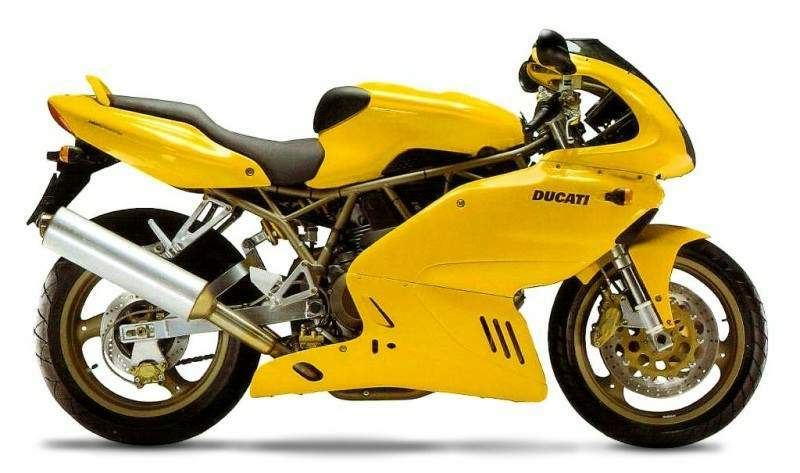
1998 Ducati 900 Supersport
It’s fair to say that celebrated South African Pierre Terblanche is a bit of a Marmite motorcycle designer. The man behind the original, oddball 1000cc Ducati Multistrada and love/hate 999 was also responsible for some of the Italian firm’s most iconic machines, with the Supermono and SportClassic springing to mind. But it was another ‘S’ model that we’re picking out here. Ducati’s original 750 Supersport was a 70s legend that set the die for all the Italian desmo V-twin sportsters which followed. In the late ‘80s, with the arrival of the superbike 851, the 750 and 900 ‘SS’ were successfully reinvented as accessible, air-cooled, road sports machines, particularly after 1991 when it gained more reliable Japanese Showa suspension and Mikuni carburetion. But by 1998, after Cagiva’s sale of Ducati to the Texas Pacific Group, the SS was in dire need of an update. Terblanche duly obliged and, admittedly, the end result was a better ride with slightly revised suspension. Visually, however, its all-new styling was a complete dog’s dinner. The classic, plain lines were replaced by a mish-mash of curves only its mother could like – something borne out by the high prices the ‘FE’ Final Edition version of its predecessor now commands while the Terblanche version remains largely unloved and one of the cheapest used Ducatis you can buy…
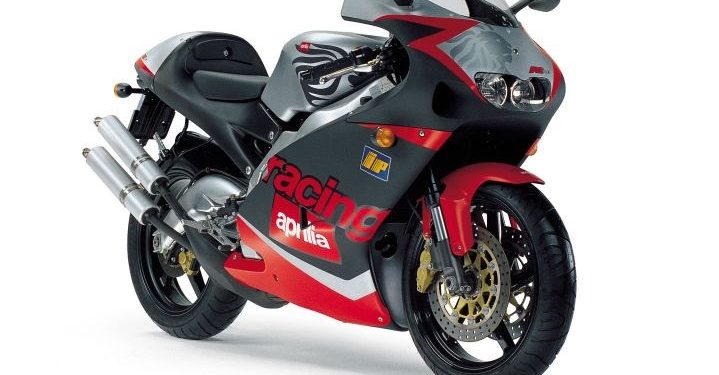
1998 Aprilia RS250
If it ain’t broke, etc etc … At least, that’s the argument I’d throw at Aprilia for the questionable restyle it foisted on its brilliant RS250 in 1998. The original was launched in 1994 and was simply stunning straight out of the box. An RGV-rivalling two-stroke 250GP bike replica for the road based around a 55bhp version of Suzuki’s class-leading V-twin, held in a sublime, polished aluminium chassis with quality brakes and suspension and all-rounded off with mouth-watering Max Biaggi-alike styling. Four years later, however, the Italian marque decided to update it and, although the slightly uprated forks, shock and motor were a mild improvement, to our eyes, the all-new, more bulbous bodywork certainly wasn’t. Yes, we know it was done to be more aerodynamic and more closely resemble how the Aprilia GP 250s then of the likes of Rossi and Capirossi had evolved, but for our money it’s simply not as pretty.
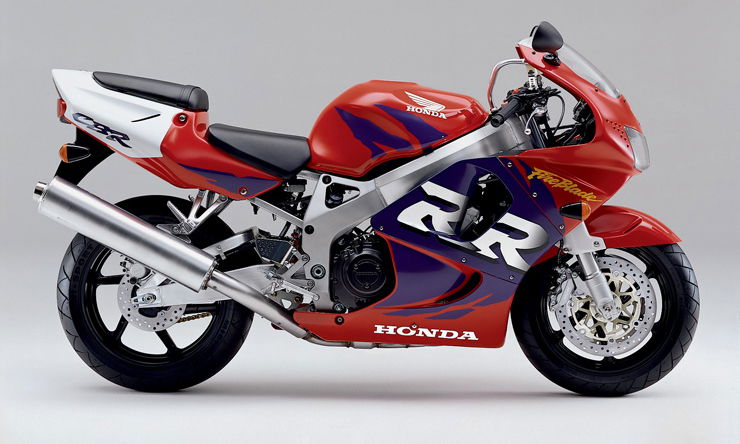
1998 Honda CBR900RR-W/X Fireblade
Ahh, how the mighty had fallen… While the original 1992 ‘Blade was undeniably a ‘game-changer’, its ‘Foxeye’ 1994 successor was a similar stunner and the Fireblade, in pretty much all of its forms since has remained there or thereabouts at the top table of superbikes, there’s always at least one incarnation that falls short. And that incarnation, surely, was the fourth generation W&X models from 1998/9. On paper, it’s hard to see why: boosted by 2bhp to 130bhp and with even less weight it certainly was more potent than ever but that also ignored three things: first, this was 1998, the year of the arrival of Yamaha’s similarly game-changing 150bhp R1 which instantly made this new Blade seem slow; second, redesigned in typical Honda fashion to be more comfortable and practical also made the new Blade seem sensible and baggy. And third, and most criminal of all, a restyle, aided not one bit by late ‘90s colours including turquoise and purple, made it look flabby and bloated, especially next to the scalpel sharp R1. The W/X is not a bad bike, but it’s the ugliest, least significant Fireblade and, as a result, the least desireable of all today.
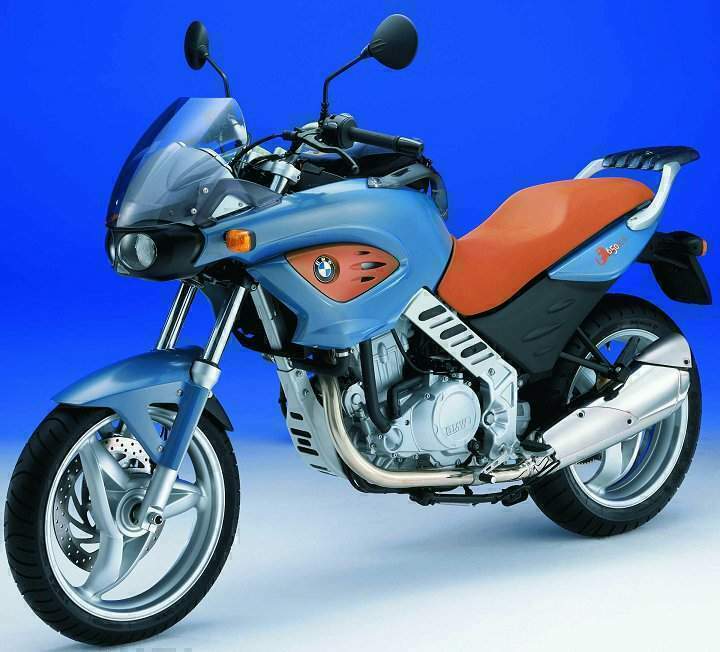
2001 BMW F650CS Scarver
We’ve already mentioned Pierre Terblanche but there’s another celebrated motorcycle designer of the Nineties and Noughties who is worthy of a mention here – David Robb, chief designer at BMW Motorrad between 1993 and 2012. Although undoubtedly responsible for some great bikes including various versions of the GS and S1000RR, there’s a couple of howlers on the American’s CV, too, one being the R1200CL cruiser and, here, this restyled version of the F650 ‘Funduro’. Intended as a stylish, city bike version of the single-cylinder trailie it was clearly the result of some, er, ‘left field’ thinking. So, there’s not only smaller street wheels and sensible belt drive but also weirdly stylised frame heat guards, transparent satin plastic that reminds of an iMac and even colour options that seem more suited to Burton than BMW. The result is, at best, ‘interesting’ and the CS was deleted after just three years. And we’re not at all surprised…
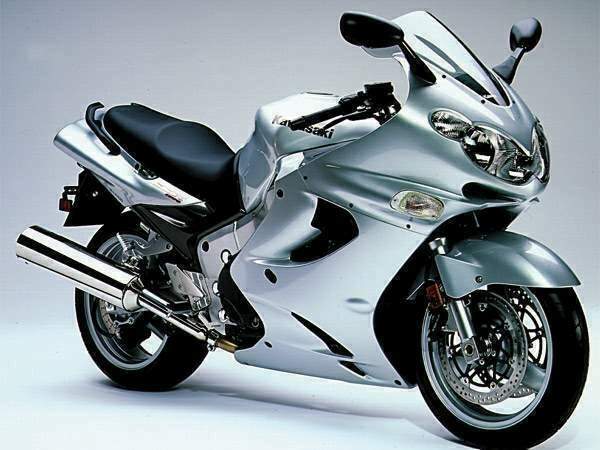
2002 Kawasaki ZZ-R1200
With the final demise of Kawasaki’s brilliant, class-defining ZZ-R1100 hyperbike in 1997 it seemed to be the end of an era. The original, first in ‘C’ form in 1990 before the even better, slightly face-lifted ‘D’ in 1994, had been both the king of speed for the first half of the ‘90s and an excellent, classy all-rounder until overtaken by Honda’s CBR1100XX Super Blackbird in 1997 then comprehensively knocked into a cocked hat by Suzuki’s new GSX1300R Hayabusa in 1999. Besides, Kawasaki came out with its own replacement of sorts, the ZX-12R, in 2000. But the ZZ-R wasn’t dead yet. Instead, Kawasaki dusted down its old warhorse, gave it a slightly larger engine, oddball new lights, a slightly restyled look and offered it as a kind of budget hyperbike – the ZZ-R1200. Again, it wasn’t actually a bad bike, but it was a slightly old fashioned one, quickly developed a reputation for rust and tackiness, its restyle somehow lost all of the class of the original and it tarnished the reputation of a truly great bike. Thankfully it was discontinued within three years.

2006 Kawasaki ZX-10R D1
With the latest ZX-10R continuing to dominate World Superbikes with six consecutive world championships for Jonathan Rea and seven titles overall in the last eight years, it seems incongruous to recall the Kawasaki superbike’s somewhat confused beginnings. Launched to great expectations in 2004 as ‘Special K’s first true 1000cc superbike (arguably since the 1984 GPz900R), the 180bhp original ZX-10R C1 proved a beast prompting Kawasaki to redesign its D1 successor to be significantly more mild and user-friendly. That we can live with (although Kawasaki arguably went to far, prompting the wilder 2008 E version in a see-sawing development path which finally settled into the high-revving track weapon of 2011 which forms the basis of the bike we know and love today). What we can’t are its imbalanced looks and, particularly, its fashion-victim twin under seat exhausts which led to this variant becoming known as ‘The Wheelbarrow’. Yuk.
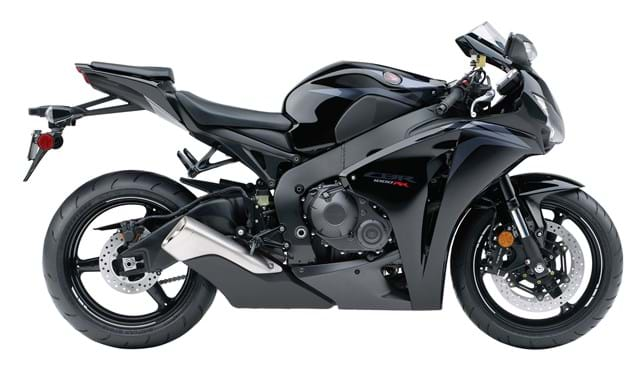
2008 Honda CBR1000RR Fireblade
Yes, one more ‘Blade and, admittedly, this time a more contentious one. Until the arrival of the 2020 version, the 2008 Blade was the last time Honda’s superbike flagship had received a comprehensively successful makeover, becoming lighter and more agile than ever, boasting 175bhp with an impressively flexible delivery and having real-world ergonomics that made it, arguably, the best road superbike of all. It was also enough for it to become one of the best TT superbikes ever, winning countless races for the likes of John McGuinness and Ian Hutchinson. Yet with a slightly weird, underslung exhaust, bulbous styling born out of the wind tunnel and even unlikely colour schemes including burgundy and yellow, no one could argue it was a ‘looker’, which is a shame, particularly as the preceding ‘Blade, the 2006/7 version, was arguably the best-looking version of all.
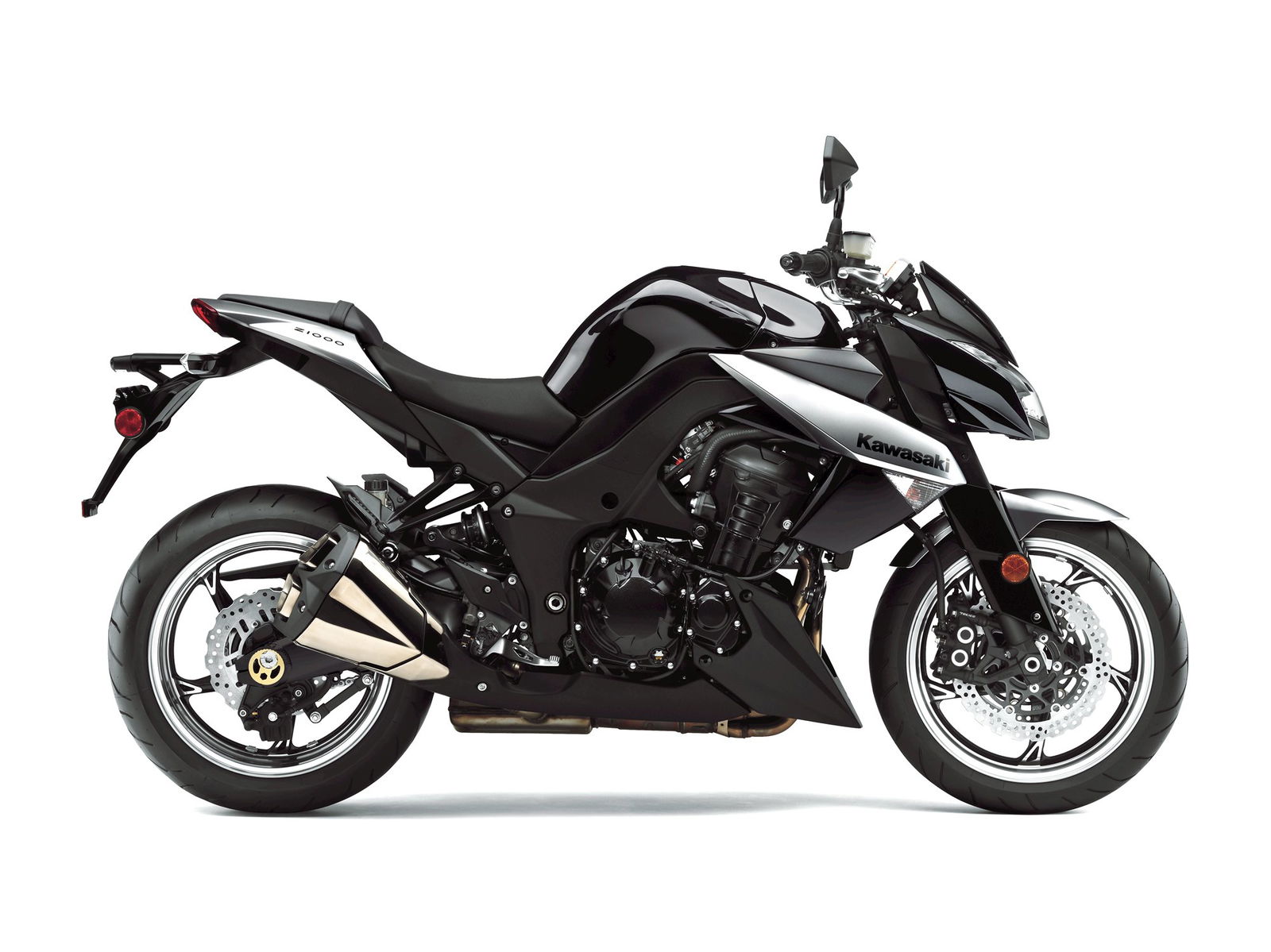
2010 Kawasaki Z1000
Kawasaki’s original Z1000 of the 1970s may be a motorcycling icon, rightfully acclaimed as THE superbike of the 1970s, but its modern reincarnation since 2004, as a sort of affordable super naked for the masses, has thrown up more contentiously-styled models than most. The 2004 original, four ‘shotgun’ silencers aside, is now considered something of a modern classic while its 2007 successor, though smoother, was still ‘edgy’. After that, though, things got even more bonkers. Since 2014 the Z1000’s had a sort of manga styling that reminds of the movie Predator. But it’s its predecessor from 2010 that, while a decent bike with bigger 1043cc, 136bhp motor and new aluminium twin beam frame that, for the price, certainly does the business, also has styling out of some kind of acid trip. Its flared silencers are wilder than ever, there are weird panels on the forks and even orange clocks. Zed thous have never been wallflowers but the 2010 update is surely the weirdest of all.
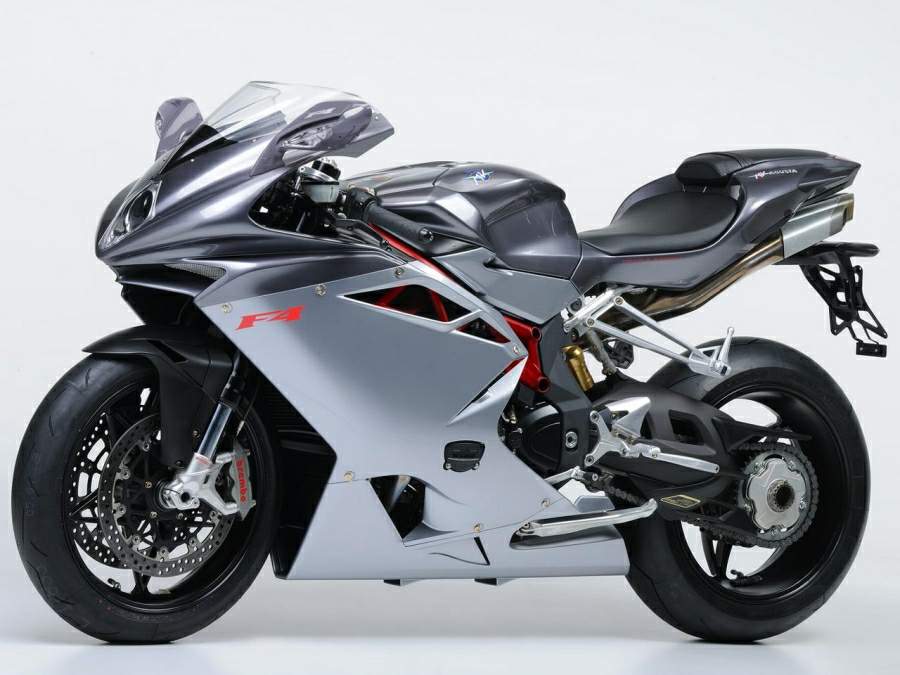
2010 MV Agusta F4 1000
How do you update what has been voted the best-looking superbike of all? ‘Carefully’ is one answer. ‘Probably unsuccessfully,’ a harsher alternative. Either way, that was the task facing British designer Adrian Morton when MV Agusta decided to give a major update to its flagship F4 1000 superbike. The F4 was originally styled by Italian design legend Massimo Tamburini (he who was also responsible for Ducati’s 916) then launched to great acclaim as a 750 way back in 1998. Ten years on, the iconic but struggling Italian marque had been bought by Harley-Davidson and it was the American firm, which bankrolled the F4’s much overdue update. Morton’s efforts resulted in a much more modern, more usable bike with far fewer rough edges and more usable manners. More questionable, however, are the updated bike’s looks. In bidding to maintain the F4’s signature trapezoid ‘face’ and underseat pipe rear end, Morton subtly updated them so that, for example, where there were previously four ROUND cans sticking out the rear there are now four SQUARE ones. We could go on. It’s a moot point and the updated F4 is still a fine looking machine. For our money, though, it’s not a patch on the original. Harley-Davidson, meanwhile, baled out, having paid millions for its development, soon after – selling MV back to the Castiglionis for a paltry €1.
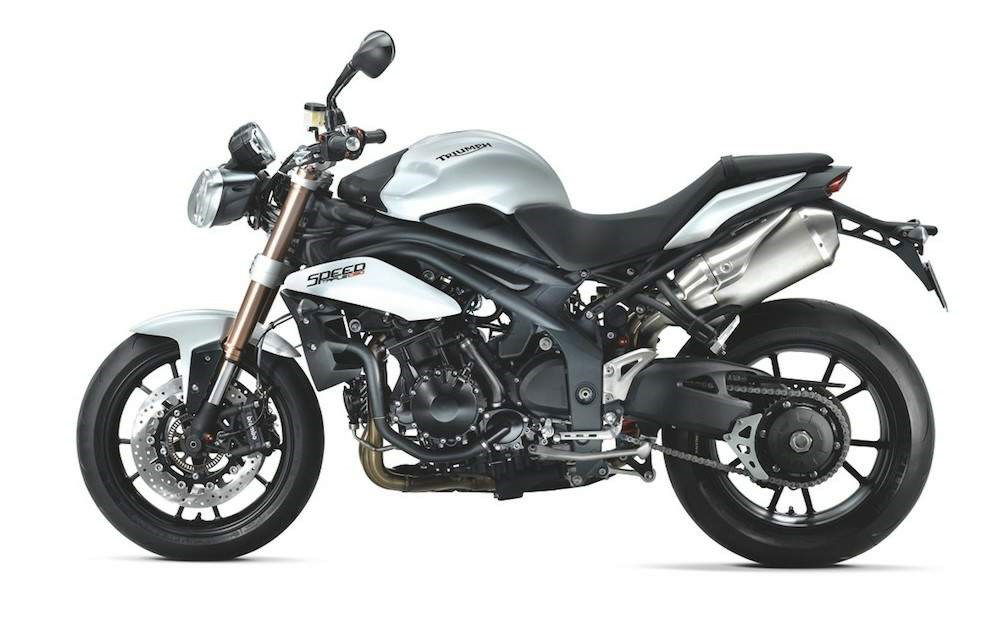
2011 Triumph Speed Triple 1050
Last but by no means least is surely one of the most contentious restyling jobs of all, certainly at the time – although we might also argue that, with the passage of time, it’s now actually been one of the most successful. Triumph’s hugely popular Speed Triple has stood out in the super naked class for its twin, round ‘bug-eyed’ headlights ever since the second-generation T509 version was launched way back in 1998. That bike’s success and popularity ensured the signature look was retained through successive 955 (1999), 955i (2001) and two 1050 variants (in 2005 and 2007) but in 2011 another major update was due. This time round Triumph took the bold decision to replace the previously round twin beams with new angular variants (along with a general lightening and styling refresh) and… there was public pandemonium. In truth, the 2011 bike was a big – and necessary – improvement dynamically, the new styling grew on fans over time and the ‘Speedie’ has been updated successively since, retaining its place as one of the best real world nakeds of all. Back in 2011, though, plenty thought it had been ruined…
.JPG?width=1600)
.jpg?width=1600)
